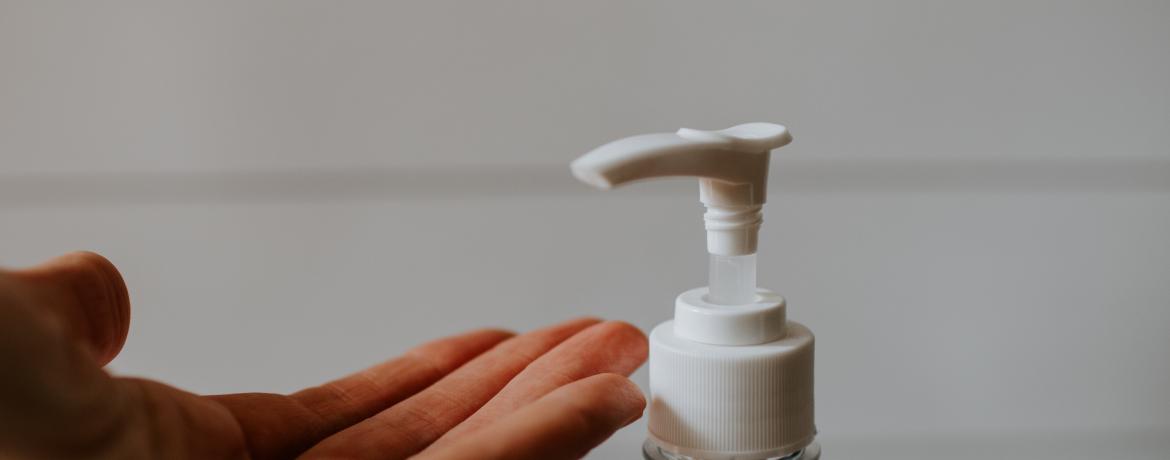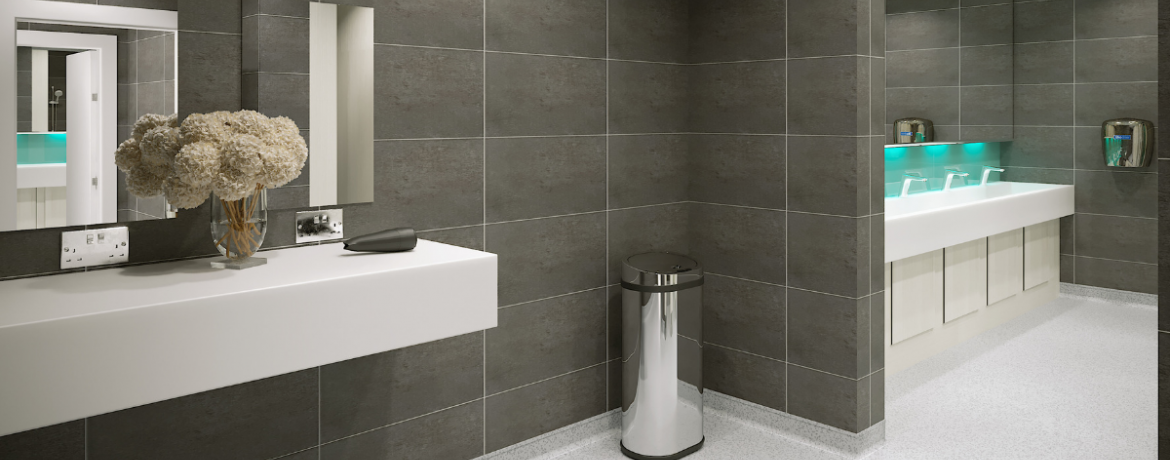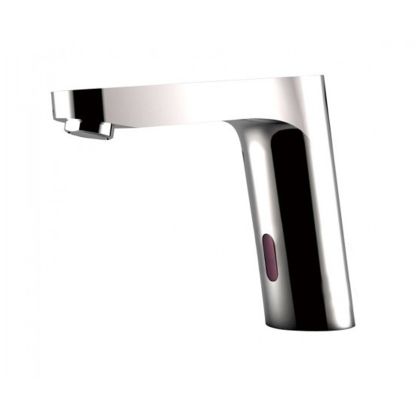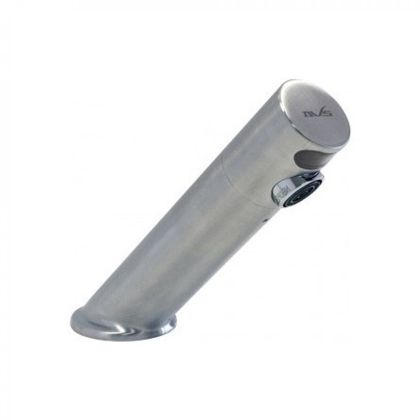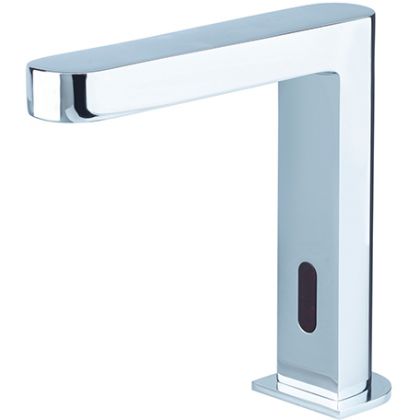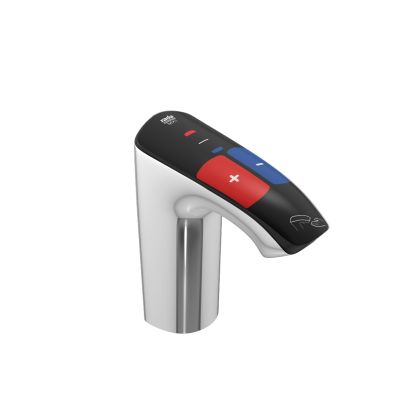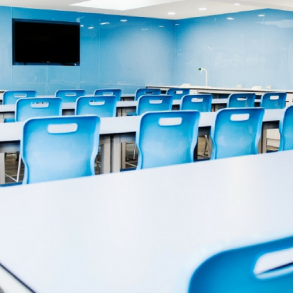COVID-19 has pushed businesses big and small to reconsider their washroom environments. Whether it’s school toilets, leisure centre changing rooms, or restaurant washrooms, improvements are being actioned across all sectors. What you’ll find in most cases, is that the improvements made to tackle hygiene, simultaneously make the washroom easier to clean and maintain too. Many of these washroom upgrades can also prolong the life of your washroom, making them sensible economic investments, as well as critical safety additions for staff, customers and visitors. Here are a few of our top washroom hygiene tips.

Sensor activated taps and dispensers
One of the strongest ways to reduce the spread of bacteria in the washroom is to limit the amount of touch points in the room. A user’s journey sees them coming in to contact with several surfaces in the washroom including door handles, cubicle doors, taps, soap dispensers, hand dryers and light switches. Through the implementation of sensor activation, we can limit these contact points significantly. This could be everything from sensor activated flush kits for toilets and urinals, to sensor hand dryers. However, the most important area to focus on, is hand washing as this takes place at the end of the journey. Sensor taps deliver such a huge benefit as traditionally, dirty hands would turn the tap on, then clean hands would turn the tap off - which makes it a prime zone for bacteria to spread onto freshly washed hands.
PIR light systems
As with the sensor activated taps, soap dispensers and hand dryers, the lighting is also an area to address. PIR lighting is only activated when a user is physically in the room and breaks the infra-red beams from sensors. This essentially switches on the lights for a set period of time, saving electricity and removing the need for users to touch a light switch.
Large format flooring and wall cladding
Grout and join lines trap bacteria and often create the perfect breeding ground for them to harbour. This brings the hygiene integrity of wall and floor coverings into question, particularly those covered in tiles. Large format tiles can go a long way to minimising the aforementioned grout lines, though anti-slip vinyl flooring is the most low maintenance and safe option to take. Watertight vinyl flooring such as Altro Walkway is lapped up the first six inches of the wall, much like a skirting board. This protects your flooring, giving it ultimate longevity, but also makes deep cleans and hose-downs swift and easy. Altro Whiterock wall cladding is a powerful choice for wall surfaces, coming in large format sheets that boast strong hygiene and fire ratings. The joins on this material can be minimised and panels can be thermoformed round corners so there is no join - corner joins being a particular breeding ground for bacteria.
Screens and returns
With freshly washed and dried hands, users are often left with having to open the door to exit. One popular option is to have a hand sanitiser dispenser outside the main washroom door. However, a more intuitive move is to remove the door entirely. In some cases a walled return made from stud-work retains privacy for users, while custom solid grade laminate screens, much like a cubicle can be constructed to deliver the same modesty, without the need for a door that needs to be touched.
If you would like any further advice on improving the hygiene and safety of your washroom, please get in touch with one of the team on 01202 650900

